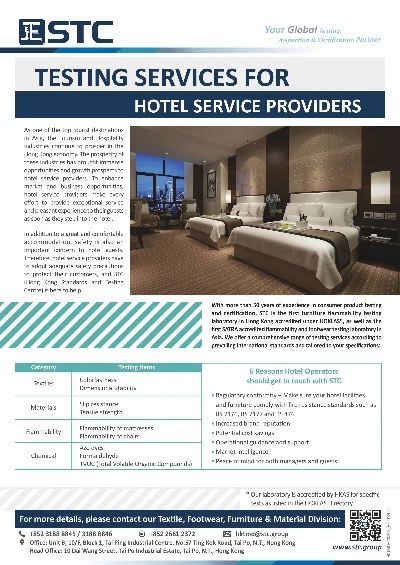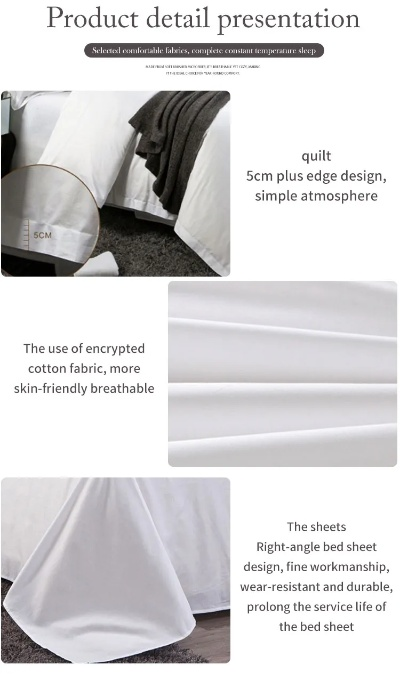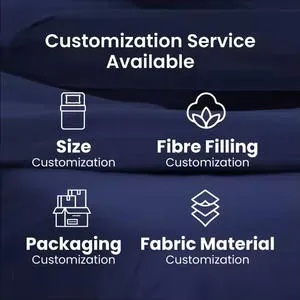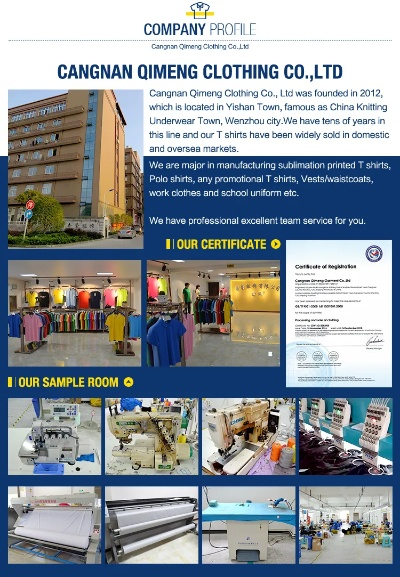Textile Testing in Hotels:A Comprehensive Guide to Quality Assurance
This comprehensive guide to textile testing in hotels aims to provide a thorough understanding of the importance of quality assurance in the hospitality industry. The guide covers various aspects of textile testing, including colorfastness, shrinkage, and fabric weight, among others. It also provides information on how to select appropriate textiles for specific hotel needs, such as bedding, curtains, and carpets. Additionally, the guide offers tips on maintaining high standards of quality throughout the entire hotel operation, from design to construction to maintenance. By following these guidelines, hotels can ensure that their guests receive the best possible experience, both physically and emotionally.
Introduction: In the hospitality industry, ensuring guests receive a comfortable and hygienic environment is paramount. One crucial aspect of this is the quality of the textiles used in the guest rooms, including bedding, curtains, and towels. Textile testing is essential to guarantee these materials meet safety and hygiene standards. In this guide, we'll delve into the importance of textile testing in hotels, the various types of tests performed, how often they should be conducted, and some practical examples to illustrate their application.
Textile Testing Overview: Textile testing involves inspecting and evaluating the properties of textile materials for their suitability for use in hotel accommodations. The tests are designed to ensure that the fabrics are free from harmful substances, bacteria, and microorganisms that could pose health risks to guests. This includes testing for fire safety, water resistance, and durability.
Testing Types:
- Microbial Testing: This involves examining the presence of bacteria, fungi, and viruses on the fabrics. It's important to test regularly to ensure that any contaminants are removed before the fabrics are used in the guest rooms.
- Chemical Resistance Testing: This checks for the ability of textiles to resist chemicals such as detergents, bleaches, and stain-fighting agents.
- Flammability Testing: This evaluates the fabric's ability to resist burning, especially when exposed to open flames or other sources of heat.
- Water Resistance Testing: This assesses the fabric's ability to withstand exposure to water and moisture without deteriorating or losing its shape.
- Durability Testing: This measures the fabric's resistance to wear and tear over time, ensuring it can withstand frequent use and cleaning.
- Safety Standards Testing: This verifies that the textiles comply with international safety standards like ISO 9001, OSHA, and ASTM International standards.
Regularity of Testing: The frequency of textile testing depends on several factors, including the type of fabric used, the location where it will be used (hotel or home), and the regulations governing the product. Generally, textiles used in high-traffic areas or public spaces should undergo more frequent testing than those used in private quarters.

Example: Consider a hotel in Europe that uses cotton sheets for all guest rooms. These sheets need to pass rigorous microbial and chemical resistance tests to ensure that they do not harbor harmful bacteria or chemicals that could cause allergies or respiratory problems. The hotel may conduct monthly inspections to maintain compliance with local regulations and health standards.
Practical Application: In a practical scenario, let's say a hotel in New York City has recently opened a new property. To ensure that guests have access to high-quality textiles, the hotel has hired a third-party testing laboratory to conduct regular microbial and chemical resistance tests on all bedding and towels purchased from suppliers. These results are then used to make informed decisions about purchasing new materials or refurbishing existing ones.
Conclusion: Textile testing is an integral part of maintaining the cleanliness and comfort of hotel guest rooms. By following proper protocols and conducting regular inspections, hotels can ensure that their textiles meet the highest standards of hygiene and safety. With this guide in mind, hotels can confidently offer their guests a worry-free and enjoyable stay.
在繁忙的现代社会中,酒店业的发展日新月异,其中纺织品检测是确保酒店用品质量的重要环节,我们将以一家高端酒店为例,探讨纺织品检测的重要性及其在酒店运营中的具体实践。

纺织品检测的重要性
纺织品检测在酒店中扮演着多重角色,它确保了酒店客人的舒适度与安全,通过严格的纺织品检测,酒店可以确保床品、毛巾、衣物等用品符合国际标准和客户需求,纺织品检测也是维护酒店品牌形象的重要手段,高质量的纺织品可以提升酒店的整体服务水平,提高客户满意度,纺织品检测也是保障酒店运营合规性的重要环节。
酒店纺织品检测流程
在酒店纺织品检测过程中,通常包括以下几个关键步骤:
- 样品采集:从酒店客房、公共区域等采集纺织品样品。
- 样品检测:使用专业的纺织品检测仪器和试剂,对样品进行检测。
- 结果分析:对检测结果进行深入分析,确定样品是否符合标准。
- 报告出具:根据检测结果出具详细的纺织品检测报告。
案例分析

以某高端酒店为例,其纺织品检测流程如下:
- 样品采集:该酒店从客房和公共区域收集纺织品样品,包括床单、毛巾、衣物等。
- 样品检测:该酒店使用先进的纺织品检测仪器和试剂,对收集的样品进行全面检测,该酒店还邀请了专业的第三方机构进行协助检测。
- 结果分析:经过检测,发现部分样品存在轻微瑕疵或不符合标准的情况,该酒店立即与供应商沟通,并采取相应措施进行整改,该酒店还加强了对供应商的管理和培训,以确保未来采购的纺织品符合更高标准。
- 案例说明:该酒店的纺织品检测流程注重细节和全面性,不仅关注表面质量,还关注内在质量,该酒店还注重与供应商的合作与沟通,以确保采购的纺织品符合酒店整体运营需求,该酒店还通过定期培训提高员工的专业素质和检测能力,以确保纺织品检测工作的准确性和高效性。
英文表格补充说明
以下是关于纺织品检测的英文表格补充说明:
| 项目 | 描述 |
|---|---|
| 纺织品检测流程 | 样品采集 → 样品检测 → 结果分析 → 报告出具 |
| 酒店纺织品检测案例 | 该高端酒店位于客房和公共区域收集了多种纺织品样品,包括床单、毛巾、衣物等,经过全面检测和整改措施,确保未来采购的纺织品符合更高标准。 |
| 关键步骤 | 样品采集;2. 使用专业仪器和试剂进行检测;3. 结果分析;4. 出具报告 |
| 设备与试剂 | 先进的纺织品检测仪器和试剂;第三方机构协助检测 |
| 结果分析 | 根据检测结果分析,发现部分样品存在轻微瑕疵或不符合标准的情况 |
| 改进措施 | 与供应商沟通并采取相应措施进行整改;加强与供应商的合作与沟通 |
| 注意事项 | 在纺织品检测过程中,应注意细节和全面性;注重与供应商的合作与沟通;提高员工的专业素质和检测能力 |
纺织品检测在酒店中扮演着重要的角色,通过严格的纺织品检测流程和案例分析,可以确保酒店用品质量符合国际标准和客户需求,注重细节和全面性、加强与供应商的合作与沟通以及提高员工的专业素质和检测能力也是确保纺织品检测工作准确性和高效性的关键。
Articles related to the knowledge points of this article:



